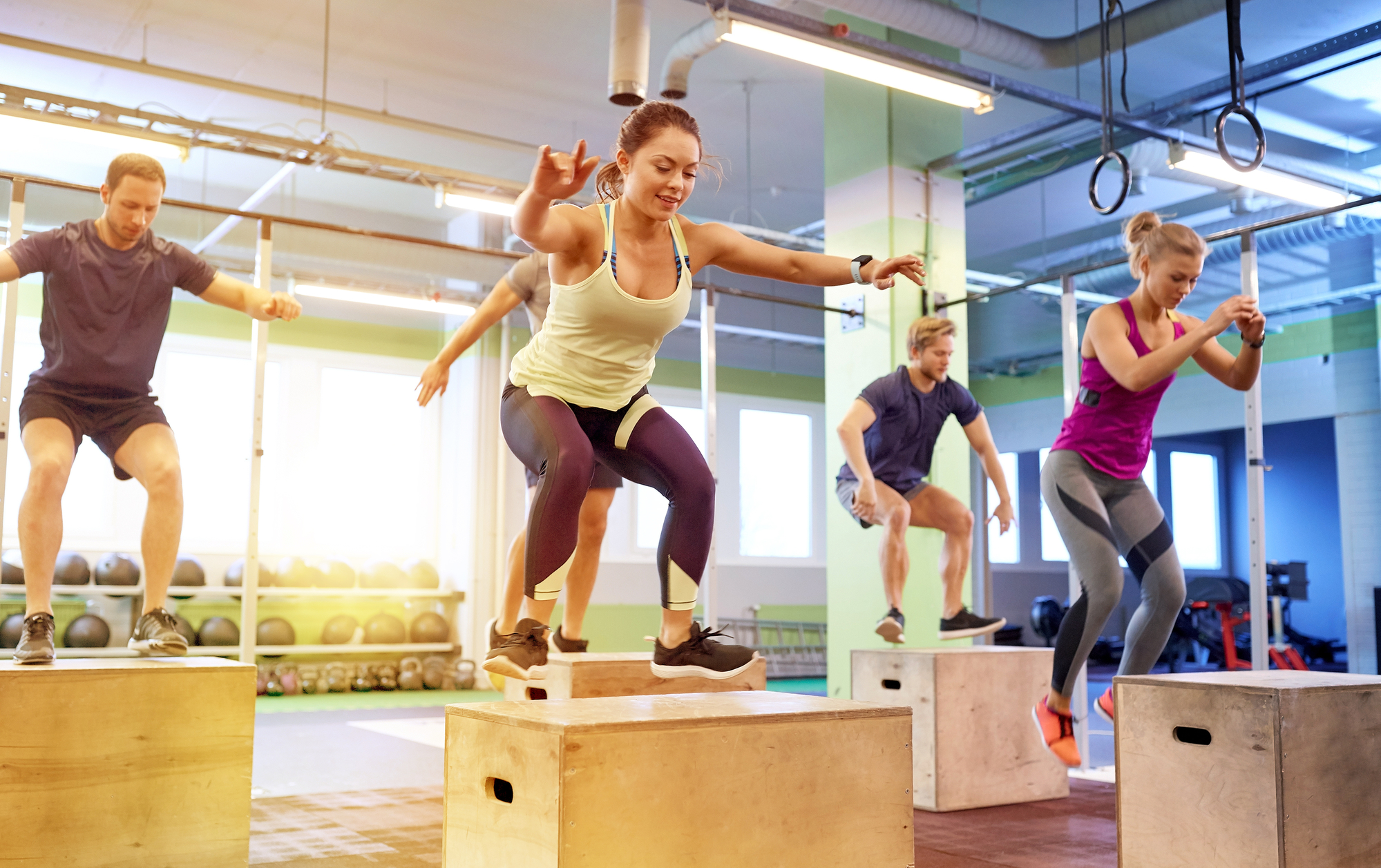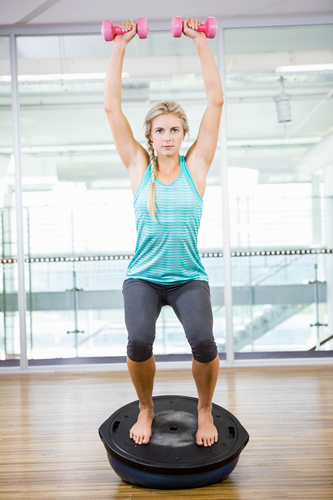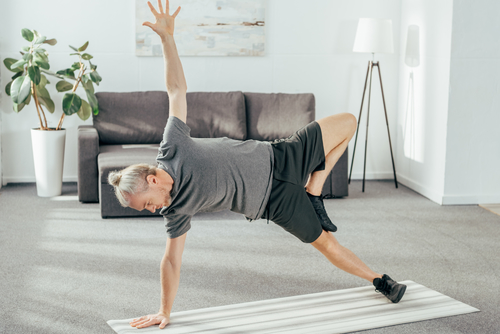The moment a figure skater steps onto the ice, there is one dream they have in mind. Any true figure skater wants to be able to land that double salchow, that triple lutz, or the ever elusive quadruple jumps.
Figure skating is both a highly technical sport and an art form. Not only does it involves strength, balance, control and coordination, figure skaters are require to perform with grace and elegance.
Figure skaters put their bodies through a tremendous stress. Whether it is through their knee, hip, ankle or lower back; figure skaters know one principle in their everyday lives and that is “Practice makes perfect.” This sport is all about repetitions.
Here are some of the most common injuries that we see for figure skaters/ Ice dancers:
- Patellofemoral Pain Syndrome + Jumpers Knee
- Ankle Sprains
- Shoulder Tendinopathy
- Disc Bulge
- Spondylolithesis
- Hip tendinopathy
- Pubic symphysis dysfunction
Figure skaters need to be conditioned not only on the ice, but off the ice as well. Conditioning program off ice is equally important as on-ice training. Plyometric exercises, agility and dynamic stretches are vital for this sport.
At Capital Physiotherapy, our physiotherapists are trained to identify the most common injuries that comes with this sport and give conditioning program that not only treat the injured area but also strengthen our figure skaters so that we could ensure athletic longevity of the sport that they love.
We focus on the control of the hip, core, back and ankle to help ice dancers and/or figure skaters achieved their ultimate goal for this sport.
Some of the common training that we give for our figure skaters are as follow:
Box Jump:

Box jumps build explosive power to the figure skater’s legs and is vital of any jumps. Not only does it increase their leg strength but it also help with them with their overall balance and coordination for this sport.
Bosu Arabesque:

Bosu Arabesque helps figure skaters with balance and control for their core and at the same time improve their static strength for their glutes, core and back extensors. This exercise will help skaters improve their efficiency on ice which in turn improve their performance by making the movement looks effortless on ice.
Adductor Plank:

Adductor plank is also one of the more common exercises that we give our skaters as it helps with their core strength and hip adductor strength. This will help with the skater overall alignment when they are skating and help improve their balance and give their movement a graceful appearance.
The above are just a brief overview of how our physiotherapists in Capital Physiotherapy can help you to improve your skating skills and overall performance.
Whether it’s your loop, flip, lutz, salchow or axel and/or whether it’s your scratch, one foot, sit, camel, attitude, layback, flying camel or Bielmann spin. At Capital Physiotherapy, we are the movement specialist and we can help you get there ☺
We work closely with your coaches to help you achieved your highest level of skills and performance because your wellness is our pride!
If you do experience any aches and/or discomfort or if you simply wants to improve your skating skills please do not hesitate to contact us at 0401 865 333 or email us at info@capitalphysiotherapy.com.au.

